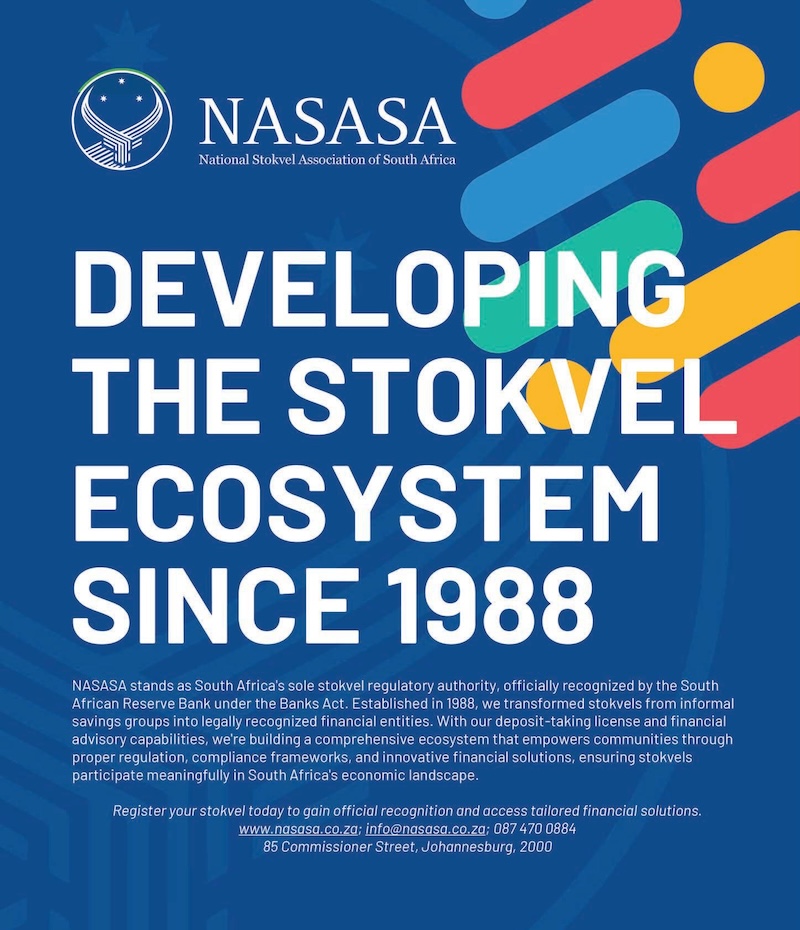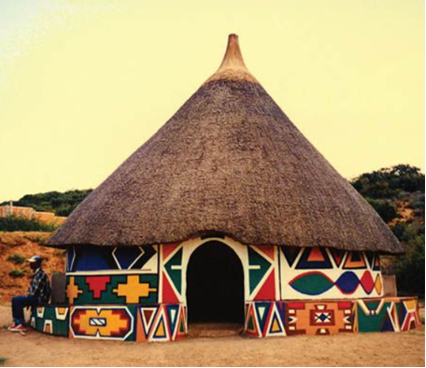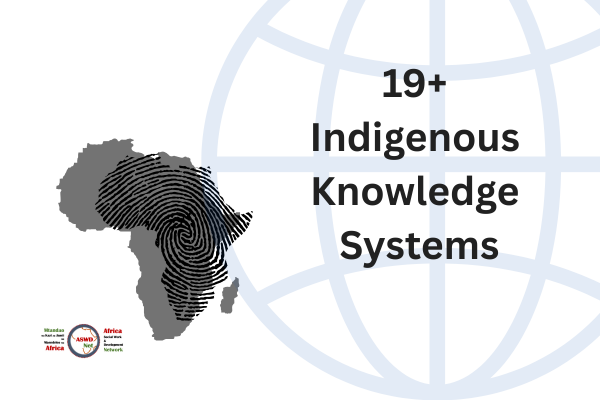
Writing a journal article could be as easy as making fufu, nsima, ugali or matoke!
Just like making fufu, writing a journal article can be as easy for students if you start early.
The staple food or main meal in Africa is known as fufu, matoke, sadza, fufuo, foufou, foofoo, foutou, sakora, sakoro, chikwangue, nsima, pap, sadza and ugali. there are many other names. It is made from different cereals and plants products. We all learn to make it at a very young age, through observation, mentoring and direct teaching, starting with the easy tasks until we are masters. Writing a journal article follows similar steps, and at the end it can be just as easy. The most useful tip you will get today is to start writing for journals early and start with shorter articles that are easier, for examples story and letter articles are the same as the stories and letters that we all know. Ask your teacher to help you publish your best essay; work in small groups to write a journal and you submit together; co-write with your lecturer or tutor. Look for accredited journals that support young writers such as jda and sinccd.
Over 25 types of journal articles
- Story: this is one of the easiest but most relevant to Africa because we grew up listening to and telling stories. There is no specific, just tell a story the way you would at home or the way stories were told to you. Length: 200 to 1000 words.
- Letter: this, as the names says is a letter to someone or an institution. Someone could be leaders, politicians, researchers, colleagues, parents, children etc or to government, agencies, education institution, funders etc. Length: one page, 500 words.
- Brief article or brief communication: is a short article that reports research or other issues in brief. Should be short, 500-2000 words.
- Case report: a report on one specific occurrence, person, approach etc. Longer case articles can be presented as a research article but usual length is 500 to 1000 words
- Orature note: this is a very short article about a selected piece of oral literature. The report contains names of the person reporting, the oral literature being reported, the name of the piece being reported, custodians or the community that created or owns it and how it was used or is useful in social and development work interventions.
- Conference paper: can be presented as a research paper or transcript of the verbal presentation. Length varies.
- Fieldwork or practice report: this article reports work done in the community, at homes with families or in institutions. Length varies from 1000 to 2000 words.
- Group work or community event script: this article provides an outline of how a group or community session or activity can be run or how a protocol can be followed. It contains the name of the activity and breakdown of time and activities. It covers 30 minutes to 3 hours.
- Decolonisation report: as the name says, this report describes a process of decolonisation that was used or planned. Length is 500-1000 words covering:
- What should be the case (uncolonsied position)
- What was made to be the case (colonised position)
- How the case will or can be reversed (decolonised position)
- Development brief or paper: sometimes called a developmental work paper or report, this article serves the purpose of (1) proposing a new developmental approach, technique, method and intervention (2) reporting on a developmental approach, technique, method and intervention after it has been completed (3) evaluate development approach, technique, method and intervention. Length: 500-1000 words. Tip: Use the Made in Africa Evaluation (MAE) method whose key values are decolonisation of evaluation and evaluators, indigenisation, which means to make it African focused, participation and evaluation based on mutual respect, e.g. work with local communities; use of local knowledge, philosophy of Ubuntu, theories etc when evaluating; contextuality which means relevance to local situation, aspirations and priorities; and internationalisation of MAE meaning using at beyond Africa.
- Biography and autobiography: detailed information about a person (biography) or yourself (autobiography). Tip: a picture, dates of life and full names are required for a biography or autobiography. Length: 500-1000 words.
- Obituary: an article about someone’s life soon after their death. It contains their biography, details of the death, family, community, the work they did or produced and the impact of the work.
- Concept paper: this is a type of article where the author/s present their ideas or opinion about a topic
- It contains cover details: title, name of author and their institution name, abstract paragraph (a summary) and list key words
- The introduction will provide the social issue and the questions being answered, the body of the essay provides opinions, arguments and ideas while the conclusions provides a final answer to the questions. The body may have subheadings or not.
- A list of references will be put at the end (Tip: 3 in 4 or more must be African literature)
- Length: 1000-2000 words
- Position paper: presents an argument or policy strongly, with or without references. 1000-2000 words. Can be termed a Policy Position Paper.
- Review article: this is an article where the author/s read existing literature (secondary data) comprehensively to answer a specific question/s, for example ‘How has Ubuntu been presented in social work or development literature in Africa?’
- It contains the cover details mentioned above but abstract will be a bit detailed
- Abstract will contain the social issue, the social questions that were investigated, how they were investigated (review methods), the results of the review, conclusions and implications (what should change, be introduced or improved as a result of the conclusions)
- Length of abstract 200 words
- The body with subheadings mandatory as follows:
- Introduction
- Background information for example the specific geographic area or country this study is about, the social or development issue, applicable philosophy, theory, framework, the gap that exists in literature, the questions that are unanswered, why you have interest in this research
- Methodology – what was included in the review, why, how many, how was it obtained, from where (library or databases), what was excluded and why.
- How many articles are enough: 10-30 articles
- Results – a list of what was included and the information extracted to answer the questions
- Discussion – what the information mean in relation to the questions, the background information, literature, methods etc
- Conclusions reached. Tip: conclusions must be very clear and can use a list.
- Implications of conclusions for the community, profession, leaders, policies, research, teaching, learning, the future
- Recommendations
- List of references (Tip: at least 3 in 4 or 75% must be African literature including literature used in the background, review and methodology).
- Length: 2000-4000 words
- Tip: there are several sources of secondary data that can be reviewed: songs, videos, newspapers, websites, posters, road signs, bill boards, clothes, artifacts etc
- Research article: this article is the most popular and it is simply a research report which is a result of data collected from humans or the environment (primary data)
- The three differences with a review article are:
- Literature: a research article has a detailed literature review section which shows what is already known and where the gap is
- Methodology: add the population researched, sampling, recruitment, how data collected, how it was analysed and ethics followed. Tip: Use ethics from your own culture and Ethics Codes of Africa. Another tip: You should provide an analysis of the methodology used, not just describe what you did: what worked well for this methodology, what did not, what did you improve, what was your innovation, what did you decolonise, what new things, definitions or techniques did you create.
- Results are presented based on the type of data.
- Experimental data usually follows report templates for a particular laboratory or discipline
- Quantitative research uses statistics techniques to present results, such as but not limited to graphs, charts, statistical tables etc
- Qualitative research would use words, sentences, quotations, word clouds, word trees etc to report findings
- Length: 4000-6000 words
- The three differences with a review article are:
- Book review: this article, as the names suggests provides insights into a book including its author, title, cover, illustrations, chapters, price etc. Length: 500-1000 words.
- Other articles (500-1000 words)
- Philosophical article: reports a philosophy
- Theoretical paper: reports a theory
- Conceptual paper: reports a concept or framework
- Methodology article: this article reports the methodology used , especially a new one or part of a methodology. Length: 500-1000 words. Tip: A methodological article can be used to describe how a method was decolonised or a new uncolonised method.
- Pedagogical article: reports a teaching method/delivery or approach.
- Bibliographical article: an article that is written to showcase sources of information for a particular topic or subject. The main part is a list of sources but should also have an introduction and conclusion.
- Editorial note: written by editors as a preliminary to a volume of articles.
Tips to successfully become journal a writer or author
- Start writing for journals early, ask you teacher to help you publish your best essay; work in small groups to write a journal and you submit together; co-write with your lecturer or tutor. Submit your research subject dissertation or thesis to a journal editor and ask them how and what aspects are publishable or draft a full journal paper, brief paper or methodology paper and submit. Look for accredited journals that support young writers. When you gain more experience consider globally competitive African journals like the AJSW and others in the ASWNet Index.
- At least 3 in 4 or 75% must be African literature including literature used in the background, review and methodology. When you learn to read and cite African literature, you are contributing to use of African knowledge which is very low at the moment. can you imagine if you write a nice journal article and no one cites it, even your friends, country and continent people! Instead of citing your work they cite work from outside. If everyone cites work from outside then African literature will remain unused, and sadly, our social work and development remains irrelevant because it is based on non-African knowledge!
- Use the Made in Africa Evaluation (MAE) method whose key values are decolonisation of evaluation and evaluators, indigenisation, which means to make it African focused, participation and evaluation based on mutual respect, e.g. work with local communities; use of local knowledge, philosophy of Ubuntu, theories etc when evaluating; contextuality which means relevance to local situation, aspirations and priorities; and internationalisation of MAE meaning using at beyond Africa.
- There are several sources of secondary data that can be reviewed: songs, videos, newspapers, websites, posters, road signs, bill boards, clothes, artifacts etc
- Use ethics from your own culture and Ethics Codes of Africa. Another tip: You should provide an analysis of the methodology used, not just describe what you did: what worked well for this methodology, what did not, what did you improve, what was your innovation, what did you decolonise, what new things, definitions or techniques did you create.
- A picture, dates of life and full names are required for a biography or autobiography. Length: 500-1000 words.
- A methodological article can be used to describe how a method was decolonised or a new uncolonised method.
- In all articles, use of Africa’s languages is allowed – include as much as you can: words, sentences, paragraphs, quotations, whole abstract, key words, names, false/pseudo-names, names, concepts etc
- Staring a student or student-led journal is a good idea to build skills and sustain publishing in Africa.
You, the student, can create (not just consume!) knowledge that will be used in your country, Africa and globally.
ASWnet
If you are wondering how journals are created and managed, visit the blog below.



